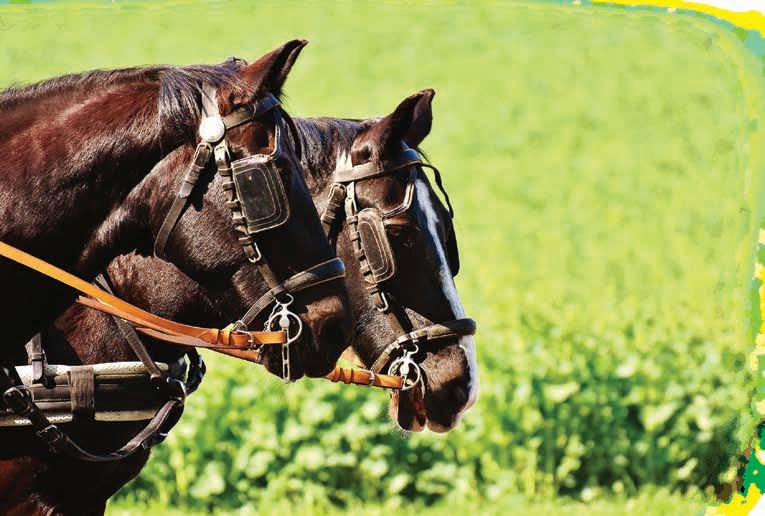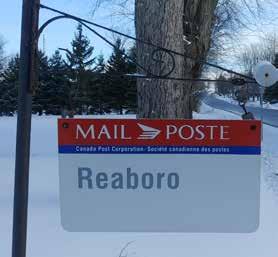The general store post office was once our social network For several summers in the last decade, I would spend a few days visiting relatives in the charming little village of Teeswater, east of Lake Huron. Partway between Teeswater and the equally charming village of Lucknow is the little hamlet of Holyrood, home to a general store known by locals as the “Miller Mall” in a nod to the genial proprietors, Lucy and Allan Miller. This is no contemporary convenience store masquerading as an old-fashioned general store. Merchandise clutters the interior from floor to ceiling, with everything from hardware to houseplants available for sale. Members of the Old Order Mennonite community regularly shop here, their black buggies adding to the ambience of the place. A litany of ice cream flavours is listed adjacent to the front counter, and a few years back the Millers sold almost 50,000 ice cream cones. It’s quite a place. What really sets it apart is the presence of a small post office in the back. Operating under the auspices of Canada Post, the office’s woodpanelled walls feature row upon row of cubbyholes into which mail is sorted. A small counter awaits customers arriving to mail a cheque or pick up a parcel. Such is the way the postal system operated in pre-urban Ontario — and in this respect, the “Miller Mall” carries on a long tradition of post offices that operated out of general stores and even private homes. It’s a tradition difficult to comprehend now, so used are we to doing our banking, shopping and personal communication through computer screens. But put your tablet or your iPad down, set your computer clocks back about 150 years, and travel with me to Oakwood, right here in Kawartha Lakes. For some years, the post office in Oakwood has operated out of a store; 20 years prior, it was based out of postmaster Alexander A. McLauchlin’s home. Mail arrived twice a week from Lindsay by horseback. In less than a decade, the mail will be arriving by train from such
IAN McKECHNIE
exotic locales as Toronto and Whitby. The heavy sacks of mail are collected at Mariposa station, loaded into a horse-drawn cart, and brought north to Oakwood proper. The general store, already a haven of gossip on those long winter evenings, is buzzing with excitement when the mail arrives. Forget about those red-and-white icons that indicate how many shares, “likes,” and messages you have received through Facebook. No, nothing can compare with the thrill of opening a letter from a distant relative, a sweetheart, or that sibling travelling the world. Rural mail delivery is introduced to the Oakwood area around 1910, two years after the service gets off the ground between Hamilton and Ancaster. Mail can now be sorted in the village and delivered straight to your door. Such remains the case, even though the mail is now brought to villages like Oakwood by van rather than train — that service wound up in 1958.
Rural mail delivery is introduced to the Oakwood area around 1910, two years after the service gets off the ground between Hamilton and Ancaster. We are fortunate today to live in such an interconnected world, where we can comfortably do our banking, shopping and a host of other tasks without leaving your home. So fortunate, in fact, that we tend to take it all for granted and forget that, a century and a half ago, the wicket at the back of a general store and the friendly face of the postmaster (or postmistress) represented our key social network.
26
www.lindsayadvocate.ca









